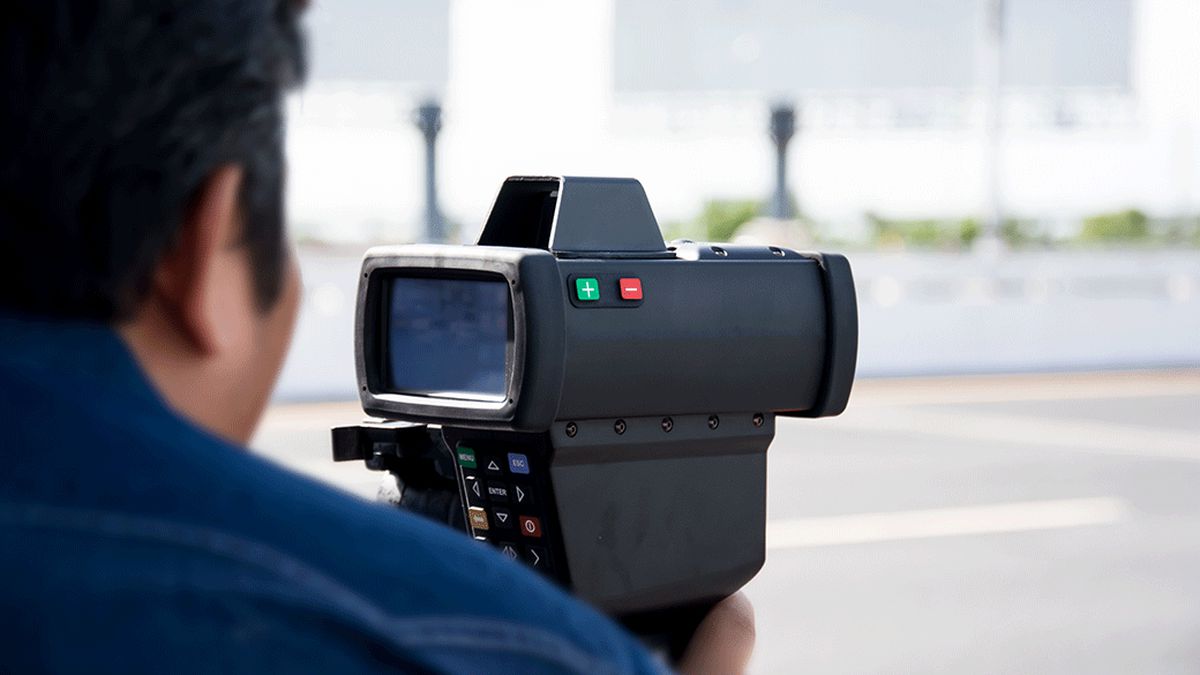The advancement of electrical infrastructure has been crucial in shaping modern society. Over time, technology has revolutionised the way we deploy and manage electrical systems, improving safety, reliability, and energy efficiency. As demands for power management grow, electrical solutions must evolve to meet these changing needs.
A key example of this transformation is the evolution of switchboard design over the years. Once simple, manually operated devices, switchboards have become highly sophisticated tools integral to the control and distribution of electricity in homes, businesses, and industrial facilities.
Early Switchboard Designs: The Foundation of Electrical Control
Initially designed to manage telegraph systems switchboards, they quickly found their place in powering homes, businesses, and industrial facilities. These early switchboards were bulky and manually operated, relying on mechanical switches and fuses to control the flow of electricity.
Switchboards at the time required skilled operators to manage connections and monitor the system, making them labour-intensive. Despite their limitations, these early designs laid the groundwork for more advanced electrical distribution systems.
The Rise of Automation in Switchboards
As the demand for electricity increased in the early 20th century, so did the need for more advanced switchboard designs. By the mid-1900s, automation started to play a major role in switchboard operations. This development allowed operators to control electrical circuits remotely, reducing manual intervention and improving efficiency.
Key innovations during this period included the introduction of circuit breakers and protective relays. These devices improved the safety and reliability of electrical systems by providing automatic protection against overloads and faults. Additionally, the use of materials like Bakelite and plastics helped make switchboards lighter, easier to install, and safer to handle.
Modern Switchboard Design: Incorporating Digital Technology
Switchboards today can incorporate advanced protection and control mechanisms. Microprocessors and smart devices enable real-time monitoring, fault detection, and remote control, significantly enhancing the performance and safety of electrical systems.
One of the most notable changes in modern switchboards is the move towards modular designs. Modular switchboards allow components to be easily replaced or upgraded, making them more adaptable and easier to maintain.
The Role of Smart Technology in Switchboards
Modern switchboards now employ intelligent systems that monitor and manage energy consumption in real-time. This capability allows for predictive maintenance, where potential issues are identified early and rectified before they lead to significant problems.
By providing insights into energy usage, they help optimise electrical systems, reduce waste, and promote sustainability. This is particularly relevant as businesses and households increasingly focus on energy efficiency and reducing their environmental impact.
Enhancing Safety in Modern Switchboards
In the past, electrical faults and overloads posed significant risks, often resulting in fires or equipment damage. Today, switchboards deploy advanced safety features such as arc flash protection, surge protection, and fault isolation systems to mitigate these risks.
In addition to these protective features, modern switchboards use high-performance insulation materials and cutting-edge circuit protection devices. These innovations enhance both user safety and the longevity of the equipment.
Looking Ahead: The Future of Switchboard Design
Switchboard design has evolved from basic manual systems into advanced, automated solutions. As technology has progressed, switchboards have incorporated digital advancements, smart technologies, and enhanced safety features, making them more adaptable to the growing demands of modern electrical infrastructure. These innovations have significantly improved energy management, system reliability, and user safety.
Collaboration with a reputed electrical brand is essential to ensuring optimal performance and long-term reliability. Working with a trusted partner provides access to high-quality equipment, expert guidance, and ongoing support. This ensures your switchboard systems are not only efficient and safe but also capable of meeting the evolving needs of today’s electrical environments.


